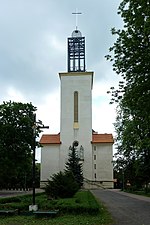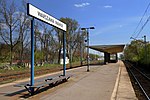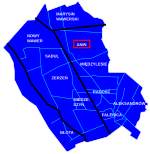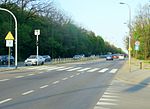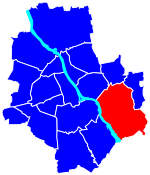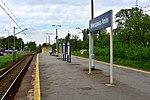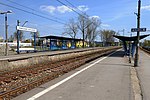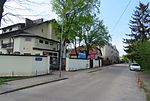Wawer massacre

The Wawer massacre refers to the execution of 107 Polish civilians on the night of 26 to 27 December 1939 by the German occupiers of Wawer (at the time a suburb and currently a neighbourhood of Warsaw), Poland. The execution was a response to the killing of two German soldiers in a shootout by two petty criminals. An order to arrest at random any men inhabiting Wawer and the neighboring Anin between the ages of 16 and 70 was given and, as a result, 120 men, who were unrelated to the shootout, were gathered, and a show trial was hastily organized. 114 were declared "guilty" and sentenced to death, the others were spared to bury the dead. In total, 107 were killed and 7 survived, as they withstood the gunfire and were not finished off later. It is considered to be one of the first large scale massacres of Polish civilians by Nazi Germany in occupied Poland.
Excerpt from the Wikipedia article Wawer massacre (License: CC BY-SA 3.0, Authors, Images).Wawer massacre
Kościuszkowców, Warsaw Wawer
Geographical coordinates (GPS) Address Nearby Places Show on map
Geographical coordinates (GPS)
| Latitude | Longitude |
|---|---|
| N 52.233888888889 ° | E 21.159166666667 ° |
Address
Cm. Ofiar Wojny 02
Kościuszkowców
04-570 Warsaw, Wawer
Masovian Voivodeship, Poland
Open on Google Maps
